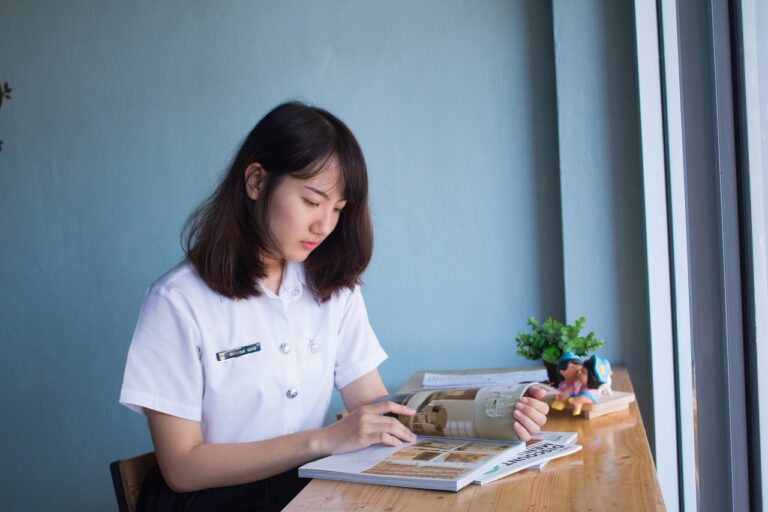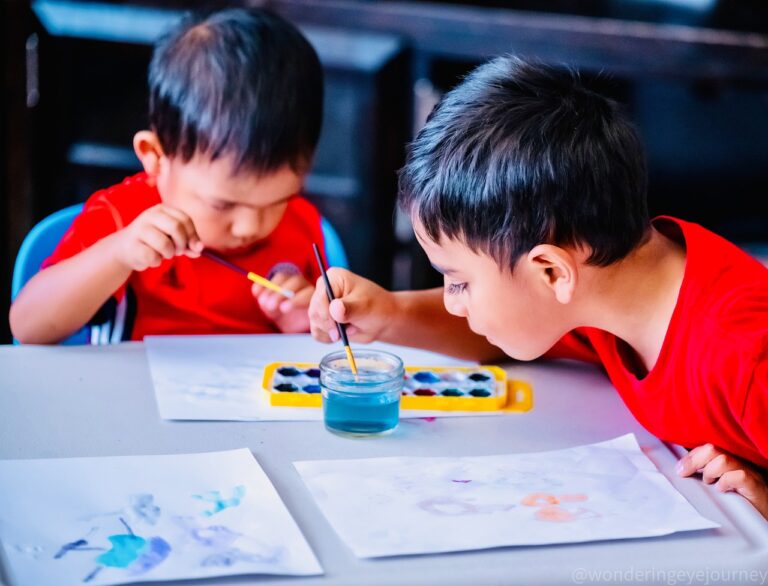How to Create a Virtual Student Exchange Program
11xplay online id, diamondexch9 login, sky exchange registration: Are you looking to enhance your students’ global awareness and cultural competence without requiring them to travel abroad? Creating a virtual student exchange program could be the solution you’re looking for. By leveraging technology, students can connect with their peers from around the world, learn about different cultures, and develop valuable skills that will benefit them in an increasingly interconnected world. In this blog post, we’ll guide you through the steps to create your own virtual student exchange program.
Identify Partnerships
The first step in creating a virtual student exchange program is to identify potential partner schools or organizations that are interested in participating. Reach out to schools in different countries or regions and see if they are open to collaborating on a virtual exchange program.
Define Program Objectives
Once you have identified your partners, you need to define the objectives of your virtual student exchange program. What do you want students to gain from the experience? Is it cultural awareness, language skills, or collaborative problem-solving? Clearly defining your goals will help you design a program that meets the needs of your students.
Design the Curriculum
Next, you’ll need to design the curriculum for your virtual student exchange program. This could include virtual classroom activities, group projects, discussions, and cultural presentations. Make sure to incorporate opportunities for students to interact with their peers from other countries and learn from each other.
Select Communication Tools
To facilitate communication between students from different countries, you’ll need to choose the right communication tools. Video conferencing platforms, messaging apps, and collaboration tools can help students connect with each other and work on projects together.
Train Teachers and Students
Before launching your virtual student exchange program, make sure to train teachers and students on how to use the communication tools effectively. Provide guidance on intercultural communication, online etiquette, and collaborative skills to ensure a smooth and successful exchange experience.
Evaluate and Improve
Once your virtual student exchange program is up and running, don’t forget to evaluate its effectiveness. Gather feedback from students, teachers, and partner schools to identify areas for improvement. Use this feedback to make adjustments to the program and enhance the experience for future participants.
FAQs
Q: How can I find partner schools for my virtual student exchange program?
A: Reach out to schools in different countries or regions through educational networks, social media, or professional organizations.
Q: What are some examples of virtual classroom activities I can include in my exchange program?
A: Virtual cultural presentations, language exchange sessions, collaborative projects, and online discussions are great activities to engage students in a virtual exchange program.
Q: How can I ensure that students are safe during the virtual exchange program?
A: Establish clear guidelines for online conduct, monitor interactions between students, and provide support resources for students who may experience any issues during the program.
In conclusion, creating a virtual student exchange program can provide students with valuable opportunities to connect with their peers from around the world, learn about different cultures, and develop important skills for the future. By following these steps and incorporating feedback from participants, you can design a successful and enriching virtual exchange experience for your students.







